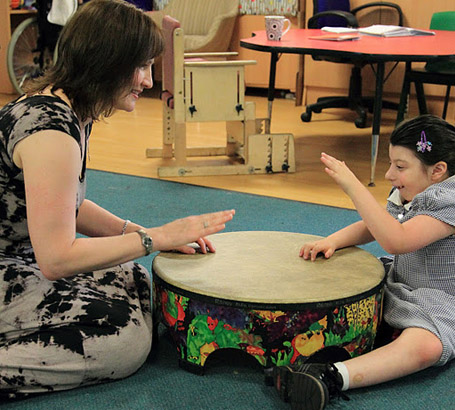
This is a brief introduction to safeguarding children. In this module, safeguarding is referred to only in relation to personal and intimate care.
Children with SLD /PMLD /CLDD have exactly the same human rights to be safe from abuse and neglect, to be protected from harm and to have the opportunity to achieve optimal development. The Law on safeguarding is the same no matter what a child's level of ability.
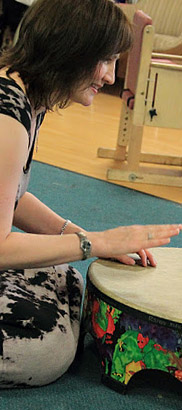
The Council of Europe (2003) defines abuse as:
'Any act, or failure to act, which results in a significant breach of a vulnerable person's human rights, civil liberties, bodily integrity, dignity or general well-being, whether intended or inadvertent, including sexual relationships or financial transactions to which the person has not or cannot validly consent, or which are deliberately exploitative.'
It adds that abuse is of special concern when there is a relationship of trust/power imbalance, and includes among them:
- 'responsibility for the person's day-to-day care'
- 'inequalities of gender, race, religion or sexual orientation'

HM Government (2010) acknowledged that '...disabled children are at increased risk of abuse, and that the presence of multiple disabilities appears to increase the risk of both abuse and neglect...', including through:
- Having less control over their lives and their bodies.
- Social isolation because of fewer outside contacts.
- Dependency on others for practical assistance in daily living, including intimate personal care.
- Many more adults involved in their personal care than other children.
- An impaired capacity to resist or avoid abuse.
- Difficulties in telling others what is happening.
- Increased vulnerability to bullying and intimidation.

Regarding safeguarding, inspectors should:
- ask whether the school has considered the specific risks that disabled pupils and those who have SEN may experience or present, including those with behavioural, emotional and social difficulties.
- ask about staff training concerning the awareness of specific safeguarding issues related to disabled pupils and those who have SEN, particularly from the designated teacher for child protection. research indicates that disabled children are at increased risk of abuse and the presence of multiple disabilities appears to increase the risk of both abuse and neglect.
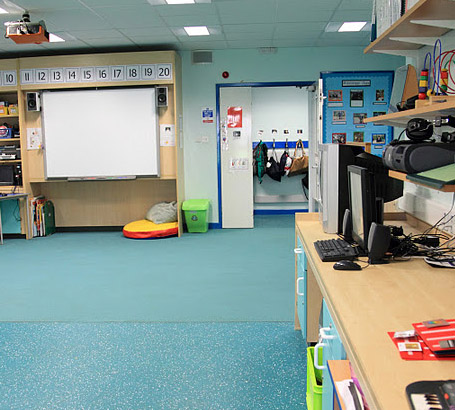

Abuse may arise out of:
- Individual cruelty.
- Inadequate service provision.
- Society's indifference.
It requires a proportional response – one which does not cut across valid choices made by individuals with disabilities but one which does recognise vulnerability and exploitation.
Council of Europe, 2003
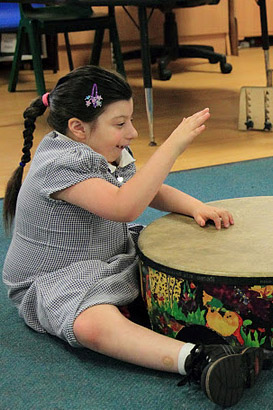
Working Together to Safeguard Children (HM Government, 2010) defines safeguarding as:
- Protecting children from maltreatment.
- Preventing impairment of children's health or development.
- Ensuring that children are growing up in circumstances consistent with the provision of safe and effective care.
- ...[enabling] children to have optimum life chances...

Education staff have a crucial role to play in helping
identify welfare concerns, and indicators of possible abuse or neglect, at an early stage... When a child has special educational
needs or is disabled, the school will have important information about the child's level of understanding and the most effective
means of communicating with the child.
HM Government, 2010

...don't do anything that may jeopardise a police investigation,
such as asking a child leading questions or attempting to investigate the allegations of abuse.
Department for Education and Skills, 2006

All those...[in] contact with children and families in
their everyday work...have a duty to safeguard and promote the welfare of children.
Department for Education and Skills, 2006
Involvement can be through:
- Referring concerns about a child or young person via your school's systems or, in an emergency, the police.
- Providing information about a child or family.
- Involvement in an assessment.
- Contributing to an agreed safeguarding plan.
- Helping to review a child's progress.
(Department for Education and Skills, 2006)
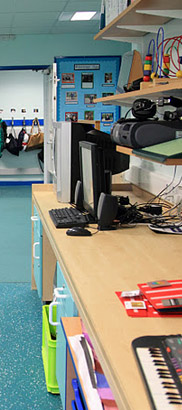
The first responsibility of staff to children in their care is to promote and ensure their safety.
What do you think 'staying safe' means for the children with SLD /PMLD /CLDD whom you work with? Reflect on this and write a list of your ideas.
Read these adapted outcomes for staying safe.
How would you adapt or add to these outcomes in relation to your own setting:
- Generally?
- In relation to children with SLD/PMLD/CLDD?
- Specifically from an education
perspective?

